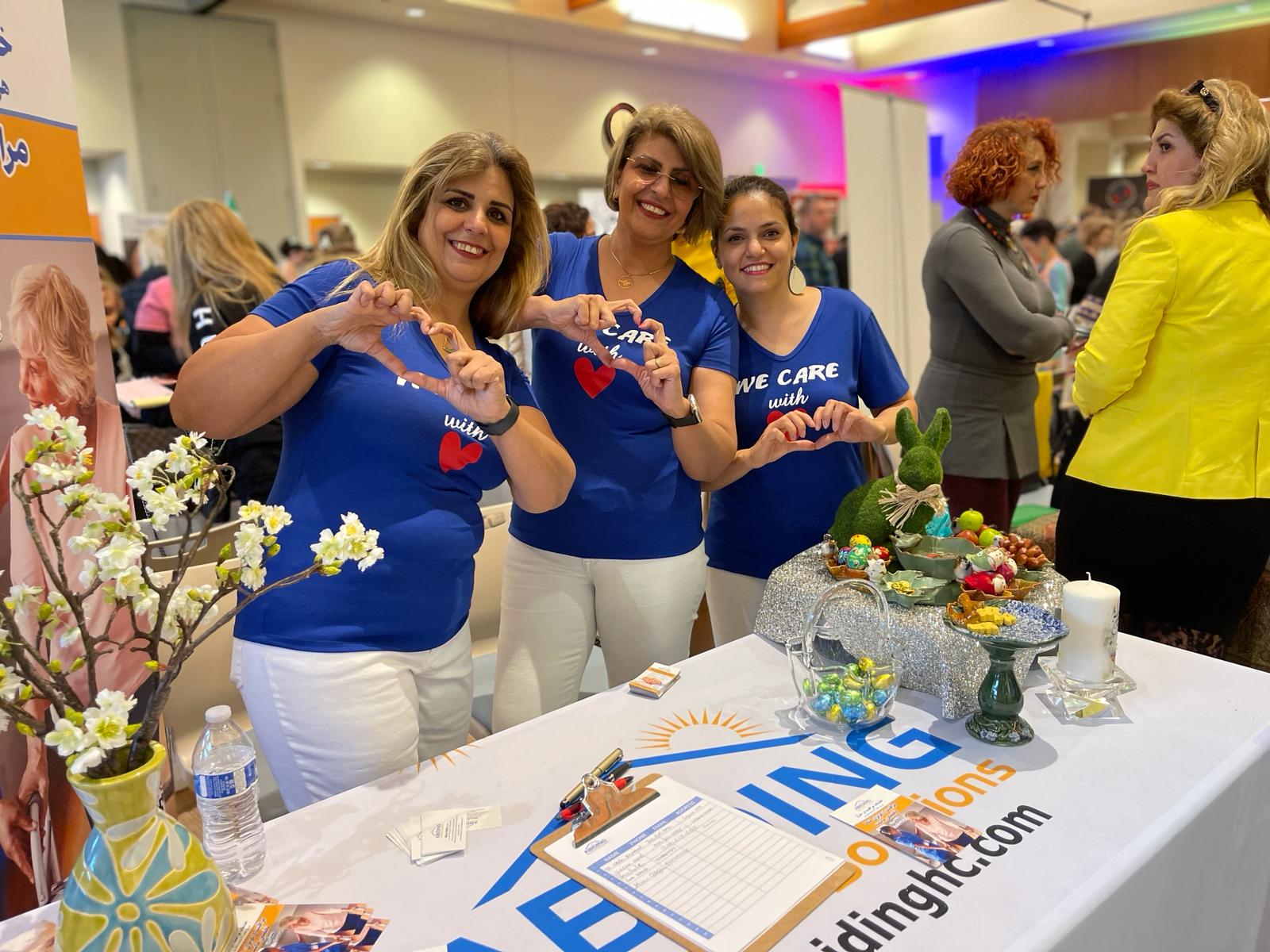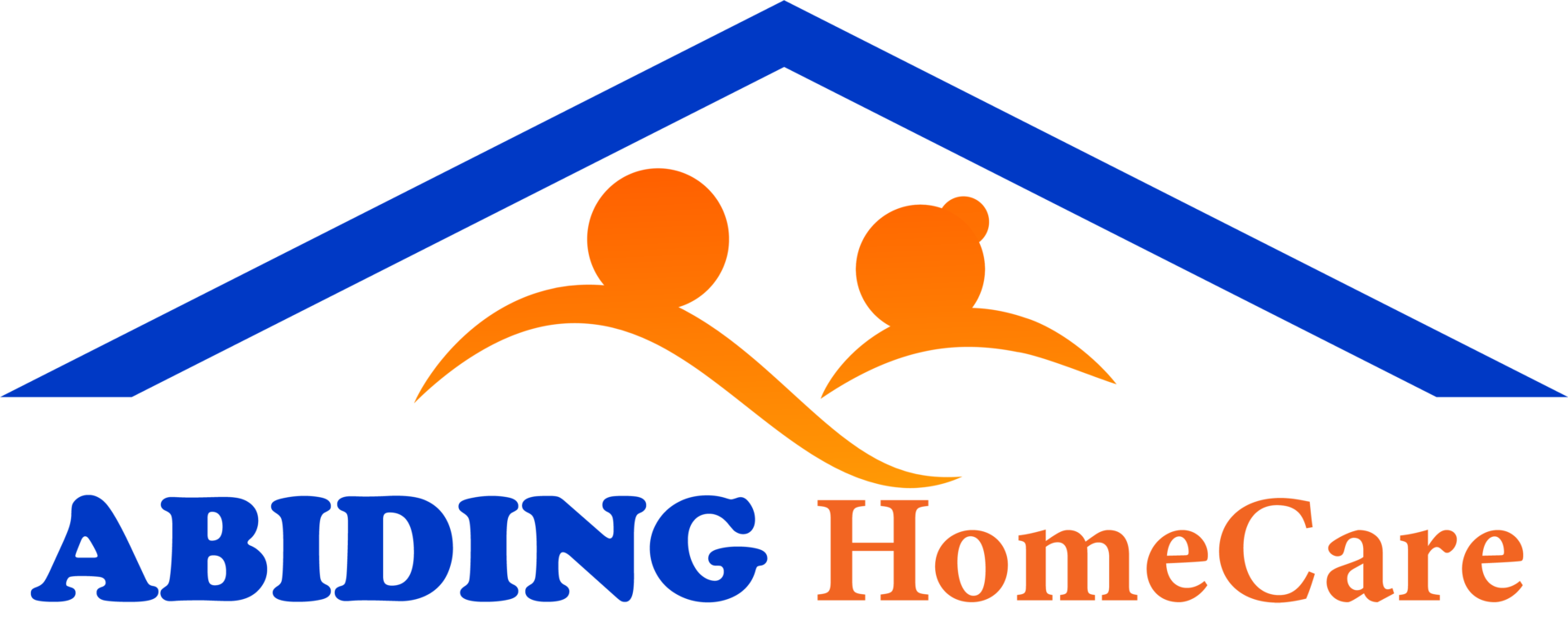The Ultimate Checklist for Touring Residential Care Homes Near Me
One of the most important choices you’ll have to make is which private care home is best for a loved one. The process can be hard, but having a thorough checklist can help and make sure you choose the best location. This list will help you with every part of viewing residential care homes, so you can make an informed decision with confidence.
Understanding Residential Care Homes

Definition and Types
Seniors who need some help with daily tasks but don’t need serious medical care can stay in residential care homes, which are also called assisted living facilities, and get care. There is a wide range of these homes, each with its own level of care, amenities, and services.
Services Provided
Personal care services like bathing, dressing, and grooming are common. So are managing medications, housekeeping, meals, and social events. Some places also have special care for people who live there who have dementia or Parkinson’s disease.
Initial Research
Online Reviews and Ratings
Start your search by looking at online reviews and ratings. Websites like Google, Yelp, and specific senior care review sites can provide insights into the experiences of other families. Look for consistent themes in the reviews, both positive and negative.
Recommendations from Friends and Family
Personal recommendations can be invaluable. Ask friends, family members, and healthcare providers if they have any suggestions or experiences with local residential care homes.
Checking Accreditation and Certifications
Ensure that the facility is accredited by relevant bodies such as the Commission on Accreditation of Rehabilitation Facilities (CARF) or the Joint Commission. These certifications indicate that the facility meets high standards of care and service.
Location and Accessibility
Proximity to Family and Friends
Consider how close the facility is to family and friends. Regular visits are crucial for the resident’s well-being and for staying involved in their care.
Transportation Options
Check the availability of transportation services, both for medical appointments and for social outings. This can greatly enhance the resident’s quality of life.
Nearby Amenities
Look at what amenities are nearby, such as parks, shopping centers, and healthcare facilities. Easy access to these can improve the resident’s day-to-day experience.
First Impressions
Cleanliness and Maintenance
During your tour, pay attention to the cleanliness and overall maintenance of the facility. A clean, well-maintained environment is crucial for health and comfort.
Atmosphere and Environment
Observe the general atmosphere. Is it welcoming and homely? Do residents appear happy and engaged? The environment should feel like a community rather than an institution.
Staff Interaction and Friendliness
Watch how the staff interacts with residents and each other. Friendly, respectful interactions are a good sign of a positive culture.
Facility Tour
Common Areas
Tour the common areas such as living rooms, activity rooms, and lounges. These spaces should be comfortable, well-kept, and conducive to socializing.
Dining Facilities
Check out the dining areas. They should be clean, inviting, and suitable for various dietary needs. If possible, sample a meal to assess quality.
Outdoor Spaces
Outdoor spaces like gardens and patios are important for residents’ physical and mental health. Ensure these areas are safe, accessible, and well-maintained.
Accommodations
Room Options and Sizes
Inquire about the different room options available, including single rooms, shared rooms, and suites. The size and layout should meet the resident’s needs.
Personalization and Decor
Residents should be able to personalize their living spaces with their own furniture and decorations. This helps them feel more at home.
Safety Features
Rooms should have essential safety features such as grab bars, emergency call systems, and non-slip flooring.
Healthcare Services
On-Site Medical Care
Determine if there is on-site medical care available, such as doctors, nurses, and physical therapists. Regular medical oversight is crucial.
Medication Management
Ask about the facility’s medication management system. Proper handling of medications is vital for the health and safety of residents.
Emergency Protocols
Check the emergency protocols. Staff should be well-trained in handling emergencies, and the facility should have clear plans in place.
Activities and Social Engagement
Recreational Programs
Look at the recreational programs offered. There should be a variety of activities catering to different interests and abilities.
Social Events and Outings
Social events and outings are essential for maintaining an active and engaged lifestyle. Ensure these are part of the regular schedule.
Mental Stimulation and Enrichment
Activities that stimulate the mind, such as games, crafts, and educational programs, should be available to keep residents mentally active.
Nutrition and Dining Experience
Meal Quality and Variety
The quality and variety of meals are crucial. Residents should enjoy nutritious, tasty, and well-balanced meals.
Dietary Restrictions and Accommodations
The facility should accommodate dietary restrictions and preferences, whether due to health conditions or personal choices.
Dining Schedule and Flexibility
Flexible dining schedules can greatly enhance residents’ comfort and satisfaction. Check if the facility offers this flexibility.
Staff Qualifications and Ratios
Training and Certifications
Staff should have the necessary training and certifications to provide high-quality care. Ongoing education and training are also important.
Staff-to-Resident Ratio
A low staff-to-resident ratio ensures that residents receive adequate attention and care. Inquire about these ratios during your tour.
Turnover Rates
High staff turnover can indicate underlying issues within the facility. Consistent staff often means better, more stable care.
Resident Feedback
Current Resident Interviews
If possible, speak with current residents about their experiences. They can provide firsthand insights into daily life at the facility.
Family Member Testimonials
Family members of current or past residents can offer valuable perspectives on the care and services provided.
Observing Resident Interactions
Watch how residents interact with each other and with staff. Positive interactions can be a good indicator of a supportive community.
Cost and Financial Considerations
Pricing and Fees
Understand the pricing structure and what is included in the base fee. Ask for a detailed breakdown of costs.
Payment Options and Insurance
Check what payment options are available, including private pay, insurance, and government programs like Medicaid.
Hidden Costs and Additional Fees
Be aware of any hidden costs or additional fees that may not be included in the initial pricing.
Legal and Safety Aspects
Licensing and Inspections
Ensure the facility is properly licensed and regularly inspected by relevant authorities. This ensures compliance with safety and care standards.
Safety Records and Incident Reports
Review the facility’s safety records and any incident reports. This can give you an idea of how well they handle and prevent issues.
Resident Rights and Advocacy
Familiarize yourself with the rights of residents and ensure the facility respects and protects these rights.
Conclusion
Choosing the right residential care home is a significant decision that requires thorough research and careful consideration. By following this comprehensive checklist, you can ensure that you cover all the essential aspects and make an informed decision that best suits the needs of your loved one.
